Finding Jewelry for $1: A Treasure Hunter's Guide to Avoiding the Glittering Trap
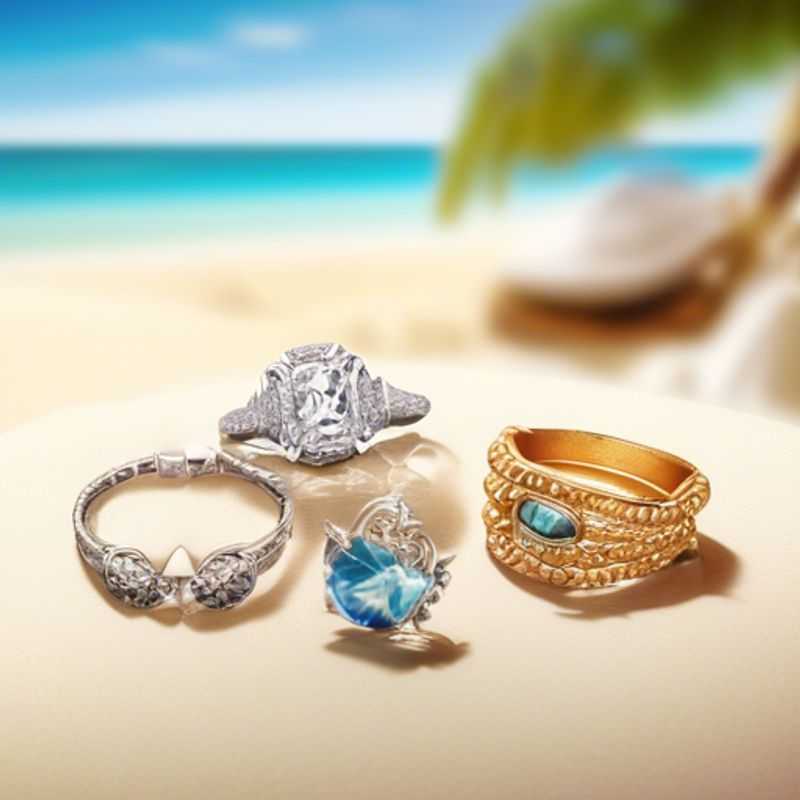
Unveiling the Secrets: How to Find Jewelry for a Buck (and Actually Get Your Money's Worth)
Ah, the quest for a buck-a-bling!
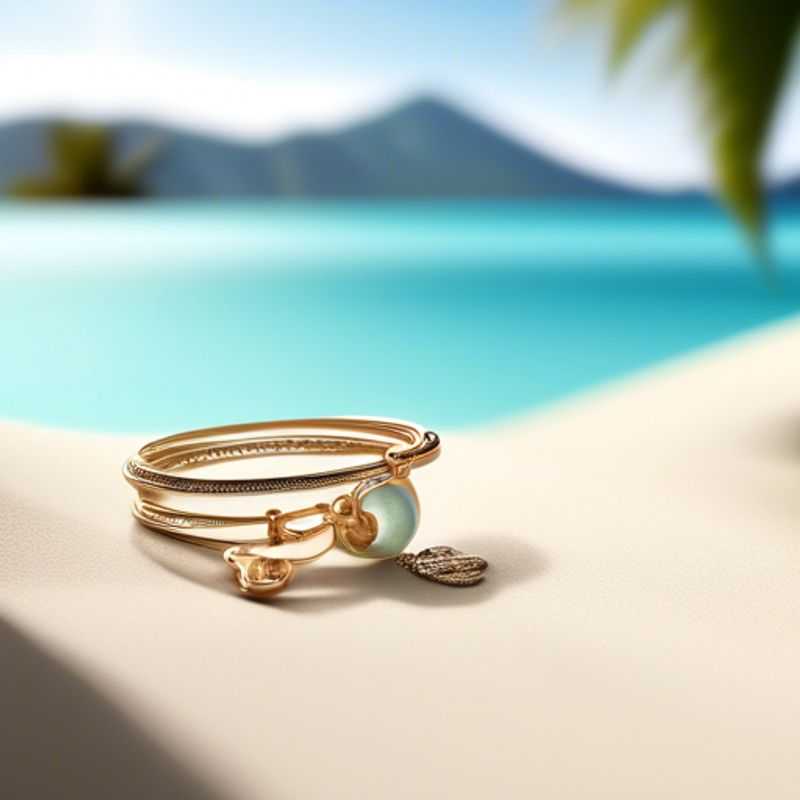
Beware of Bargain Bin Blunders: Spotting Low-Quality Materials and Poor Craftsmanship
The allure of a bargain is strong, but when it comes to quality products, cheap can often mean costly in the long run. Low-quality materials and poor craftsmanship can lead to a product that quickly breaks down, requiring replacement and leaving you out of pocket. Look for items made from durable materials like stainless steel, solid wood, or high-quality plastics. Examine the construction—are the seams even, are the joints sturdy, and are there any signs of loose pieces or uneven finishes? If you notice any of these flaws, it's a red flag for shoddy workmanship. Investing in a well-made product, even if it costs more upfront, can save you money and frustration in the long run.
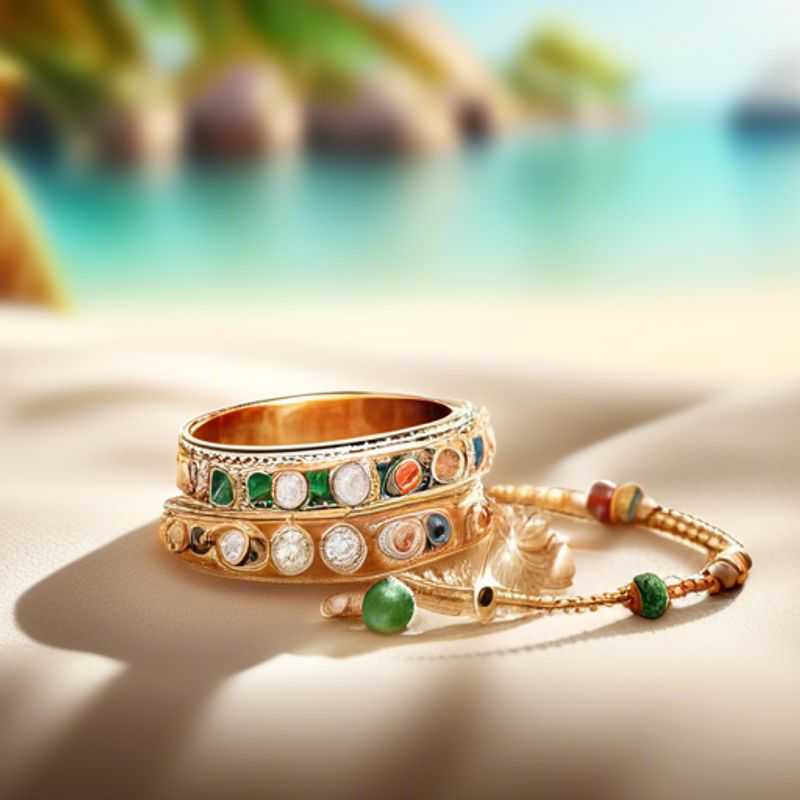
The Fine Print: Unmasking Hidden Fees and Shipping Surprises
You've found the perfect product, added it to your cart, and are ready to check out. But hold on! Don't click that "buy" button just yet. Hidden fees and shipping costs can sneak up on you and inflate that final price. This can happen in many forms, so keep your eyes peeled for these common culprits.
Firstly, "free shipping" is not always free. Look for minimum order requirements, specific delivery locations, or limited time offers to make sure you're actually getting a free ride.
Next, taxes can vary depending on your location and the type of product. It's often included in the final price, but sometimes it's added at checkout. Keep an eye out for any surprise taxes.
Finally, additional fees are often hidden in the fine print. This could include things like processing fees, handling charges, or even insurance costs. Check the order summary carefully before confirming your purchase.
So, how can you avoid getting caught by these sneaky charges? It's simple! Always read the fine print, pay attention to the total price at checkout, and use a credit card for added protection. Doing this can help you make sure your online shopping experience remains enjoyable, and you're not paying more than you intended.
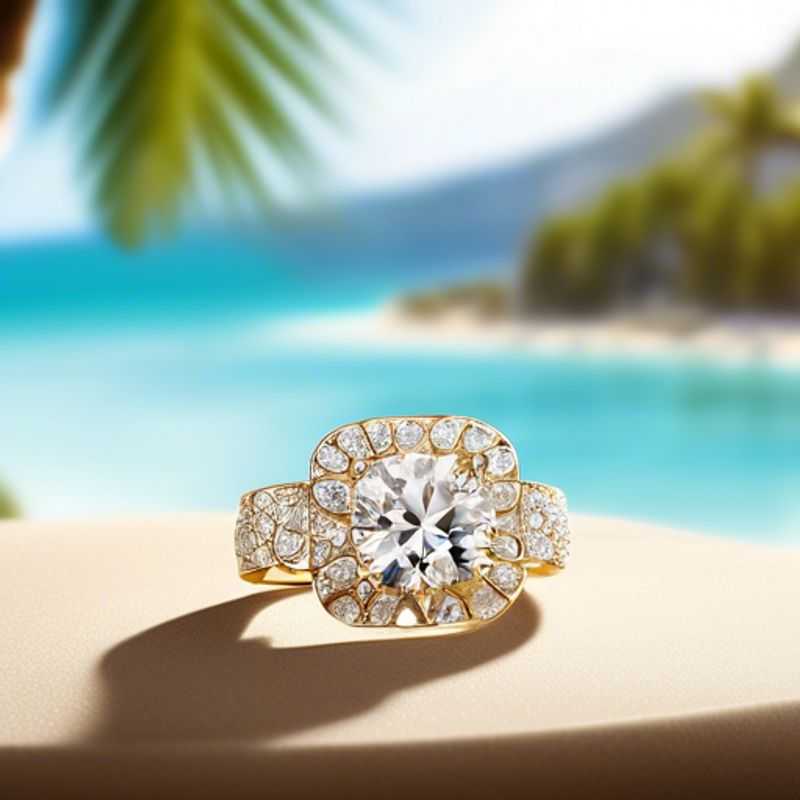
Buyer Beware: How to Research Seller Reputation and Customer Reviews
Before you hit that "buy" button, take a moment to investigate the seller's reputation. Think of it like a pre-flight check before embarking on a shopping adventure. You wouldn't hop on a plane without checking the pilot's credentials, right? The same logic applies to online shopping.
Start with a quick Google search for the seller's name and "reviews." Sites like Trustpilot, ResellerRatings, and the Better Business Bureau can offer valuable insights. Don't just focus on the star ratings; read through the actual reviews to get a sense of the seller's customer service, shipping reliability, and product quality.
Look for red flags like excessive negative reviews, unresolved complaints, or a lack of contact information. If you see these, it might be wise to find a different seller. A reputable seller will be transparent and responsive, making you feel confident in your purchase.
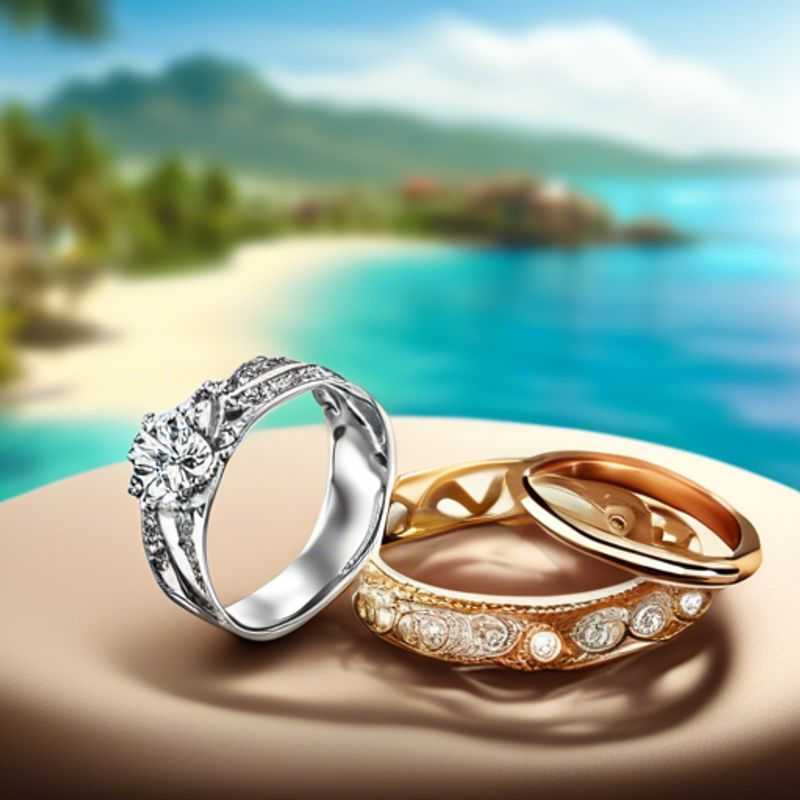
When Deals Smell Like Fish: Beware of Offers That Are Too Good to Be True
In today's fast-paced world, deals that seem too good to be true often lure shoppers with promises of unbelievable savings or exclusive offers. However, it’s essential to approach these deals with a healthy dose of skepticism. Many of these offers can be traps set by scammers or simply reflect misleading marketing practices. Always consider the source of the offer—reputable companies are less likely to engage in deceptive practices.
When evaluating such deals, keep an eye out for hidden costs that may not be immediately apparent, such as shipping fees, handling charges, or subscription requirements. Additionally, read the fine print to uncover any restrictions that could nullify the deal's value. If the deal requires advance payment or personal information, exercise caution as this may be a red flag.
Furthermore, research the product or service being offered. Look for reviews, ratings, and testimonials from previous customers to gauge legitimacy. If there are few or no reviews, it might be wise to look elsewhere. Always trust your instincts; if something feels off, it probably is. Lastly, remember that while bargains are exciting, your safety and security should always come first.
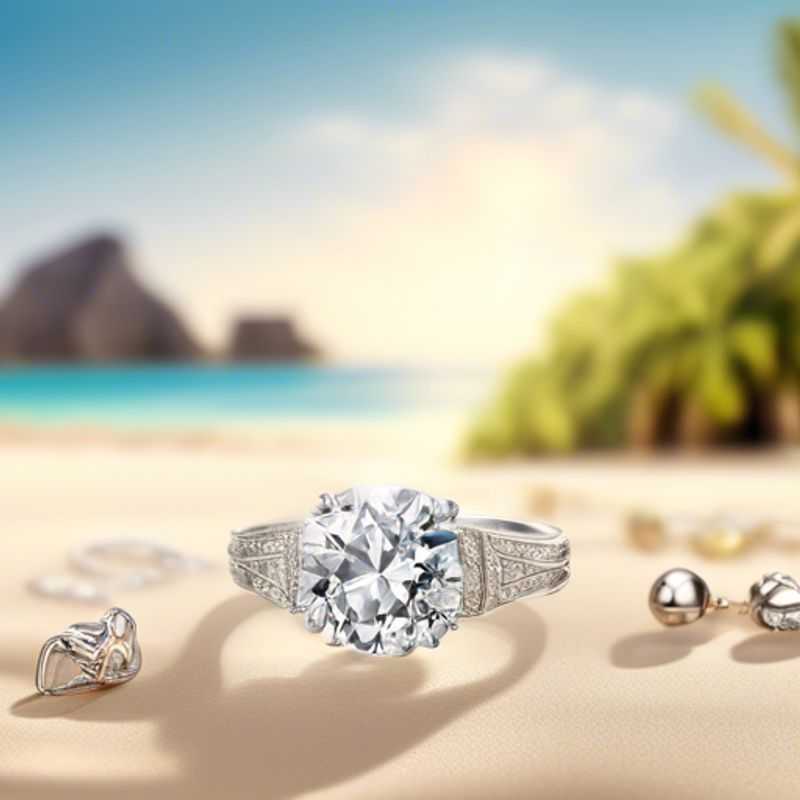
Don't Be Fooled by Glitter: How to Spot Jewelry Defects
Before buying jewelry, it's crucial to inspect it for any defects or damage. This ensures you get what you pay for and avoid unpleasant surprises later. Here's what to look for:
1. Examine the Metal: Check for scratches, dents, or any signs of wear and tear. For precious metals like gold or platinum, look for hallmarks or stamps indicating purity.
2. Inspect the Stones: Look for chips, cracks, or inclusions (tiny imperfections) within the gems. Examine the clarity and brilliance, especially for diamonds. Make sure the stone is securely set, not loose or wobbly.
3. Check the Setting: Ensure the prongs or claws holding the stones are intact and not bent or broken. Look for any signs of wear or damage to the metal setting.
4. Consider the Clasp or Closure: For necklaces, bracelets, or earrings, check if the clasp works smoothly and securely. Make sure it's not damaged or missing any parts.
5. Don't Forget the Chain or Band: Inspect for any kinks, breaks, or weak points in the chain or band. Make sure it's not too tight or loose.
6. Ask Questions: If you're unsure about anything, don't hesitate to ask the jeweler for clarification or a more detailed explanation. They should be happy to help you make an informed decision.

Jewelry Shopping 101: Finding the Perfect Piece for Every Occasion
Jewelry is a powerful accessory that can elevate any outfit, but selecting the right piece can be a bit of a treasure hunt. To make the process less daunting, consider the occasion and personal style when selecting jewelry.
For casual events, simple pieces like delicate necklaces, small stud earrings, or a stack of dainty bracelets are perfect. For formal occasions, statement jewelry like bold necklaces, chandelier earrings, or a cocktail ring can add a touch of glamour.
When it comes to personal style, consider your usual aesthetic. If you favor minimalist designs, opt for sleek and understated pieces. If you prefer bold and bright colors, go for statement pieces that reflect your personality.
Remember, selecting jewelry is a journey of discovery, so have fun and embrace the process!
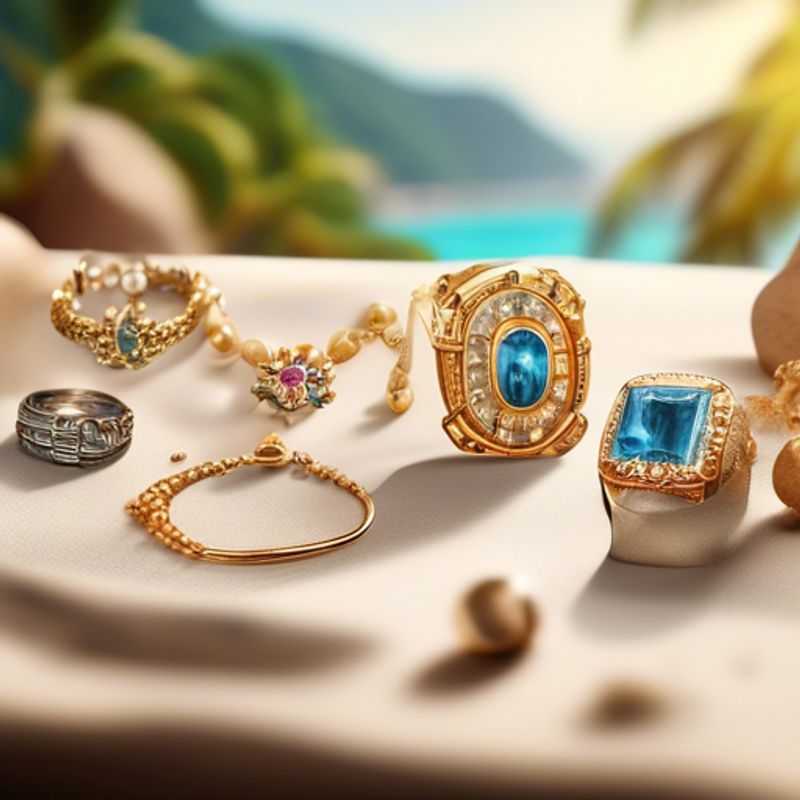
Don't Get Fooled! Look for Trusted Brands and Certifications to Spot the Real Deal
When shopping for products, especially online, it's crucial to ensure you're buying the real deal. One way to do this is by looking for trusted brands and certifications. These act as your compass, guiding you towards genuine products and away from potential fakes.
Think of it like this: imagine you're searching for a legendary treasure. You wouldn't just trust any map you find, right? You'd seek out maps from reputable cartographers, those known for their accuracy and experience. Similarly, when buying products, stick to brands with a solid reputation and history.
Certifications are like those official seals of approval. They're awarded to products that meet certain quality, safety, or ethical standards. Look for certifications from independent organizations, as they're less likely to be biased. Some common certifications you might encounter include:
For electronics: UL, CE, FCC
For clothing: OEKO-TEX, Fair Trade
For food: USDA Organic, Fair Trade, Non-GMO Project Verified
Remember, just like a treasure hunter needs a keen eye and a bit of luck, you'll need to be vigilant when shopping. Don't be afraid to do your research, check for reviews, and compare prices. A little extra effort can go a long way in ensuring you're getting the real deal.
